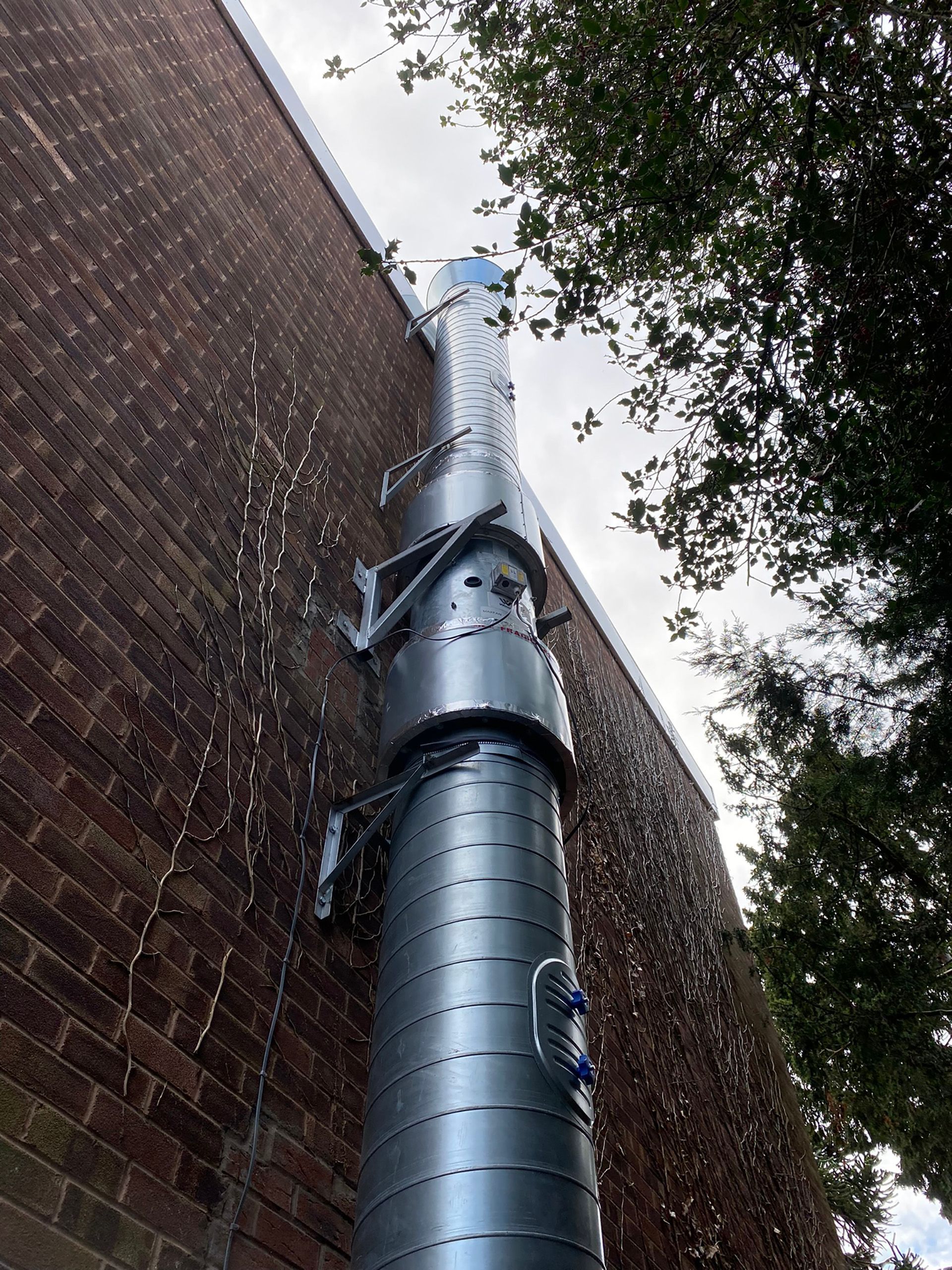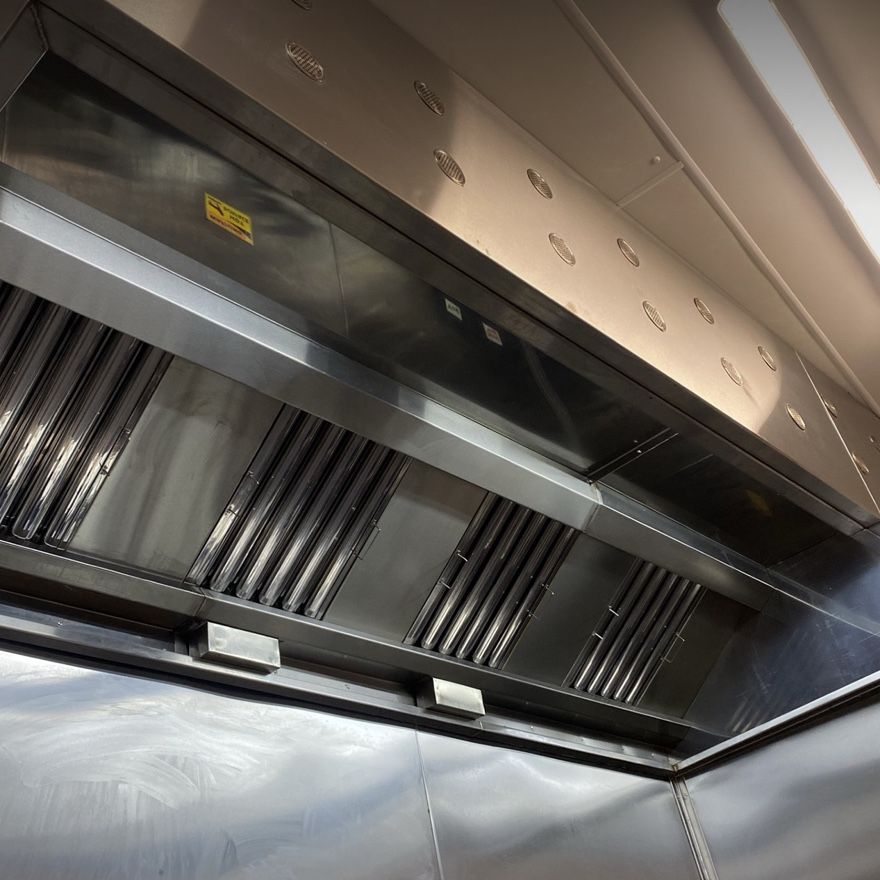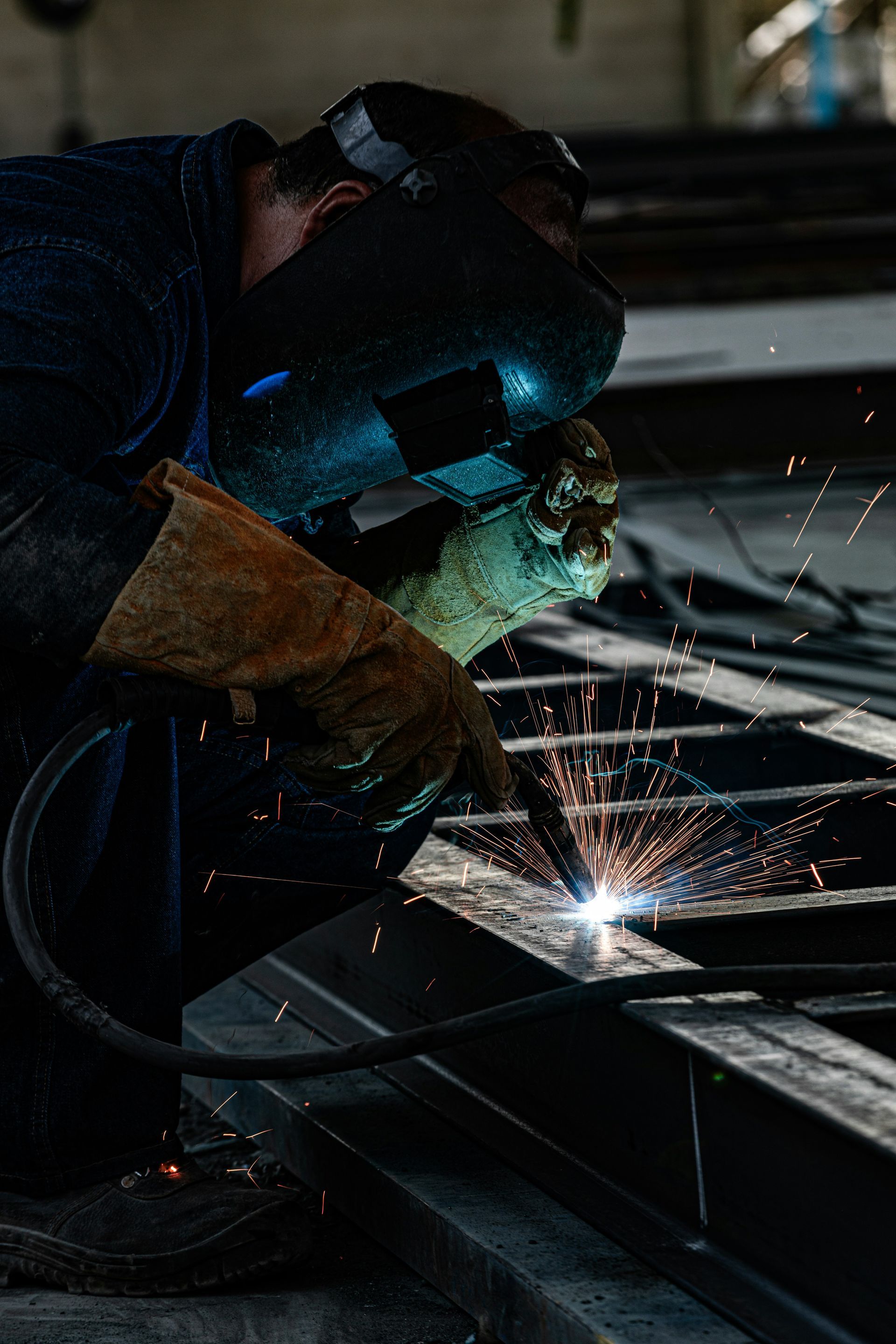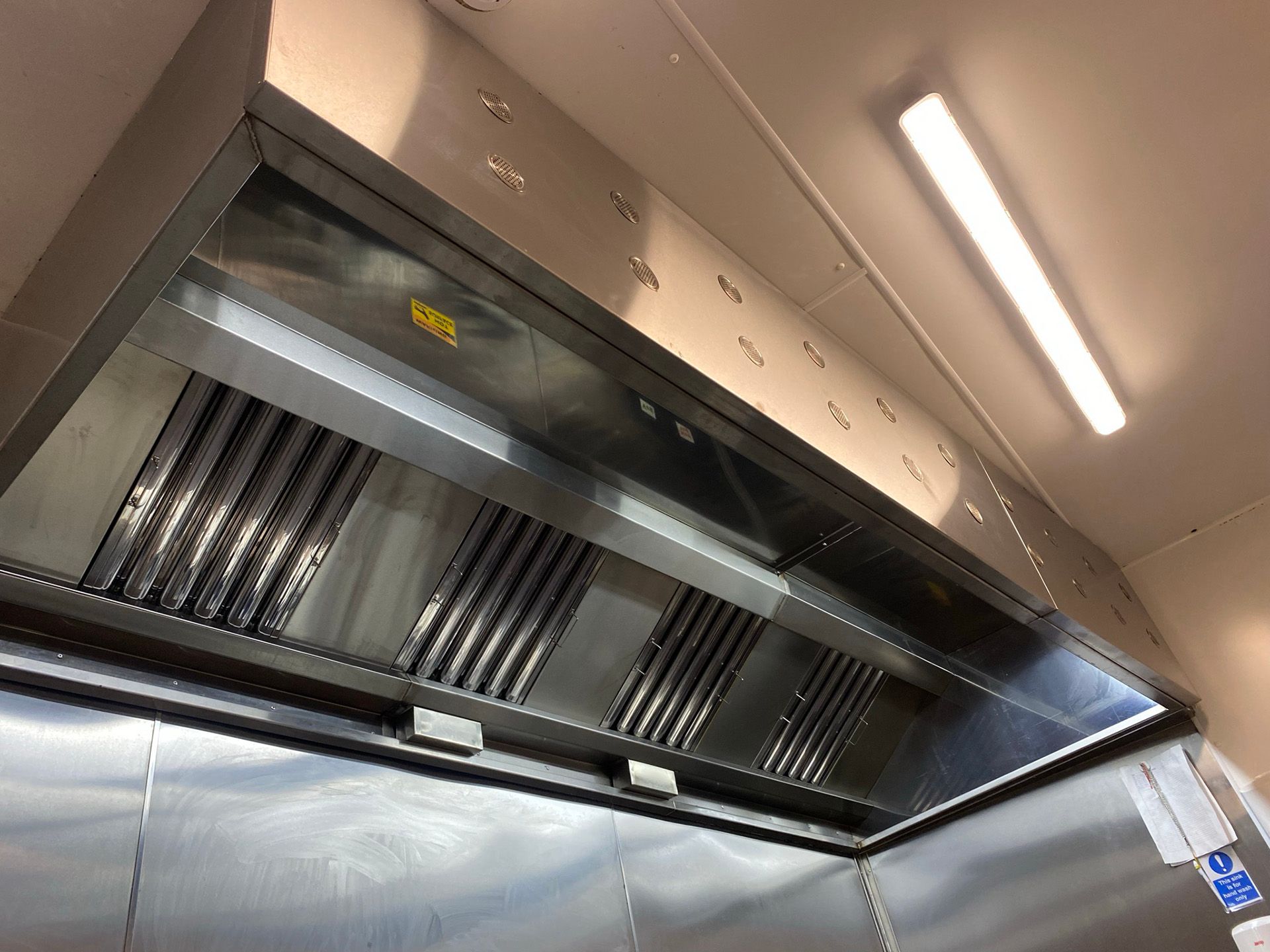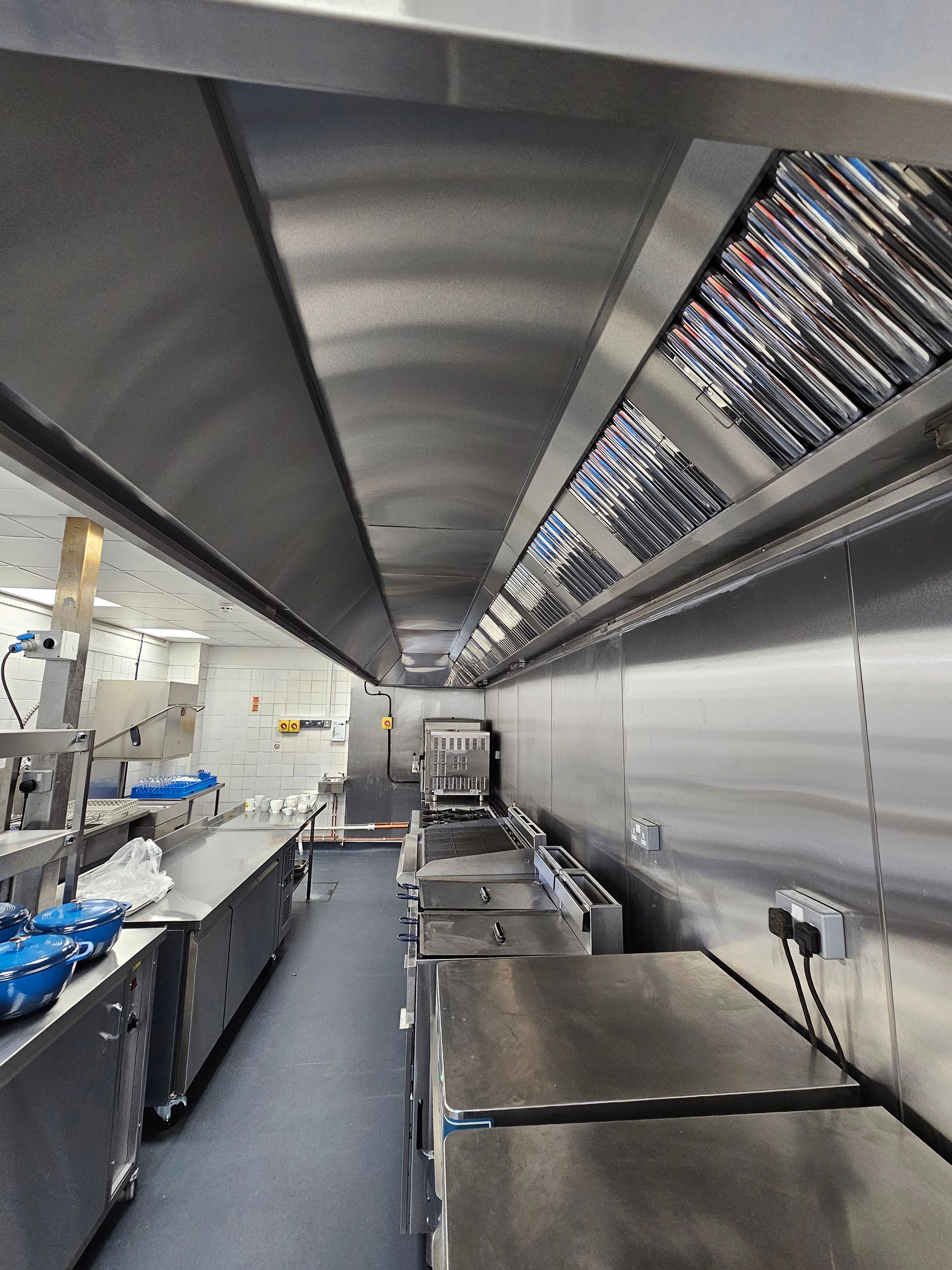11 September 2024
When it comes to the food service industry, compliance with building codes and health regulations isn't just a matter of convenience; it's a legal necessity. Local health department requirements dictate strict standards for ventilation to ensure food safety and hygiene in commercial establishments. Failure to comply can lead to costly fines or even shutdowns. In the UK, fire safety regulations, as outlined in the Regulatory Reform (Fire Safety) Order 2005, emphasise the critical role of extraction systems in preventing kitchen fires. In cooking environments, grease laden vapours pose a significant fire risk, making effective exhaust hoods and extraction methods essential for minimising the accumulation of flammable materials. According to the Health and Safety at Work etc. Act 1974 and the Control of Substances Hazardous to Health (COSHH) Regulations 2002, it is also a legal requirement to maintain air quality to protect workers from exposure to harmful fumes, which can lead to serious health issues. Investing in a strong ventilation system ensures a safe and healthy environment for both employees and customers, not just compliance with the law. Ventilation systems are crucial for efficient operations, protecting your business's reputation, and meeting legal requirements. Key Legal Standards Governing Ventilation Systems in Food Service Establishments Knowing the legal standards for ventilation systems in food service is essential for ensuring safety, health, and efficient operations, not just for compliance. Building codes establish essential guidelines for your facility, setting the minimum construction standards needed to ensure the safety and protection of its occupants. These codes include fire safety regulations to prevent fires and ensure proper ventilation in your establishment. Moreover, businesses must adhere to HSE guidelines which emphasise worker safety and health. Proper ventilation plays a significant role in controlling airborne contaminants and preventing exposure to harmful substances. Failure to comply with these regulations could lead to severe penalties, not to mention jeopardising the health of your employees. In the UK, fire safety in commercial kitchens is regulated by the Regulatory Reform (Fire Safety) Order 2005 and BS EN 16282 standards, which require efficient extraction systems to remove smoke and grease vapours, reducing fire risks. Environmental Health guidelines, based on the Food Safety Act 1990 and Food Hygiene Regulations 2013, mandate proper airflow to minimise foodborne illness. Complying with these regulations ensures a safe environment for staff and customers, protects your business from liabilities, and enhances your reputation for safety and reliability. The Health Risks of Poor Ventilation in a Kitchen Environment The importance of proper ventilation in a kitchen environment cannot be overstated. Poor ventilation jeopardises food safety and hygiene, causing contamination and creating unsafe working conditions for kitchen staff. Poor air circulation can harm health by causing the build up of smoke and fumes from cooking. Without adequate airflow, indoor air pollution levels can rise dramatically, compromising the respiratory health of those working in kitchens. Chefs are at risk of respiratory problems from inhaling particles like grease and smoke while cooking. These pollutants can exacerbate existing conditions or lead to new health problems over time. Moreover, allergen management becomes challenging when air is stagnant or poorly filtered. Kitchens often have allergens from ingredients that can cause reactions in staff if not managed in well ventilated areas. Ensuring compliance with worker safety laws and employee health requirements becomes a moral imperative as much as a legal one. Proper ventilation systems are crucial for food safety and protecting employee health from poor air quality in commercial kitchens. Prioritising good ventilation ensures hygiene in food preparation and protects our valuable workforce. The Benefits of Investing in High Quality Ventilation Systems Investing in high quality ventilation systems is crucial for any business that wants to succeed. One of the most compelling benefits is the significant improvement in air quality. With better airflow and filtration, harmful pollutants are effectively reduced, leading to healthier indoor environments. This directly translates to enhanced employee comfort and satisfaction, which can dramatically boost productivity. Moreover, investing in these systems mitigates fire hazards significantly. Quality ventilation reduces the accumulation of flammable particulate matter, minimising risks and creating a safer workplace for everyone. In industries where food regulations are crucial, effective ventilation protects product quality and consumer safety by controlling airborne contaminants. Investing in high quality ventilation systems improves operational excellence and shows a commitment to employee safety and well being, which customers value. Implementing Proper Ventilation Practices to Ensure Compliance and Safety Implementing proper ventilation practices is not just about compliance; it’s about ensuring a safe working environment for everyone involved. Conducting thorough audits of ventilation systems is essential for identifying potential issues before they escalate into serious problems. Regular maintenance checks are essential to ensure your ventilation systems function well and meet current regulations. Additionally, investing in staff training on compliance cannot be overstated. A well informed team is your first line of defence against non compliance penalties and health hazards linked to poor air quality. Educating your workforce on proper ventilation practices helps them take responsibility for their safety and well being. Moreover, staying abreast of updated ventilation technology will ensure that you’re leveraging the most efficient systems available. Today’s innovations offer enhanced air quality solutions that not only meet regulatory standards but also promote a healthier workplace. Embracing these advancements signals your commitment to safety and can vastly improve employee morale and productivity. Prioritising effective ventilation is essential for compliance and the health of your organisation. Conclusion In conclusion, installing proper ventilation systems in your commercial kitchen is essential for meeting legal requirements and creating a safe, efficient workspace. Adequate ventilation plays an integral role in eliminating harmful smoke, heat, and odours, safeguarding the health of your staff and customers alike. Moreover, non compliance with ventilation guidelines can lead to costly fines and operational disruptions that could jeopardise your business's reputation. Investing in the right ventilation system allows you to maintain air quality while also enhancing energy efficiency. Restaurants must prioritise these standards to comply with local regulations and ensure the safety of employees and customers. The right system can significantly improve the overall functionality of your kitchen, resulting in better performance and satisfaction.
